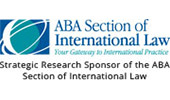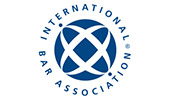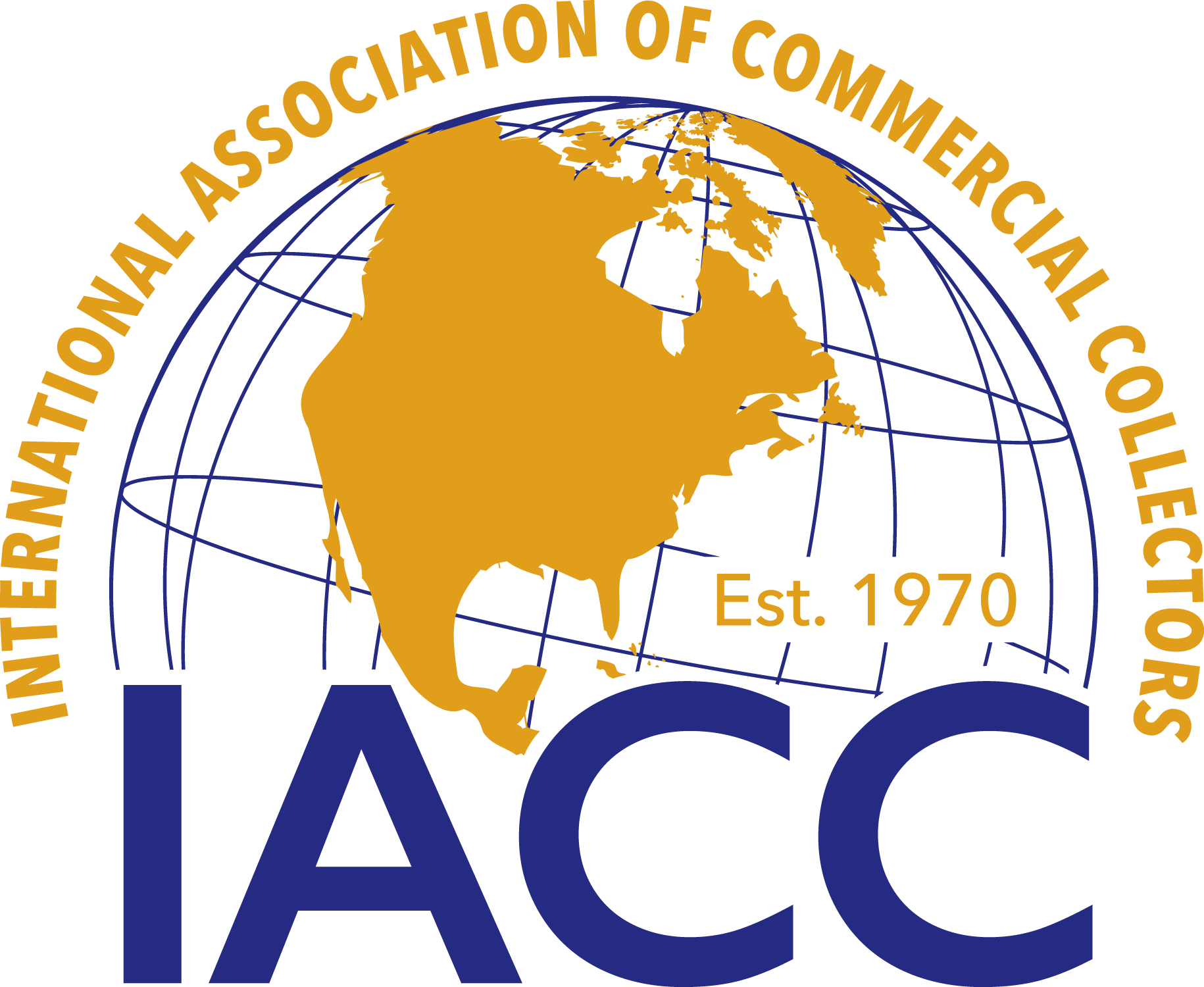On June 16, 2014 the Supreme Court of the United States (hereafter the “Supreme Court”) issued its decision on the two court cases ongoing between Argentina and the so-called “holdouts”, since it rejected the writ of certiorari filed by the Latin American state to review second judgment issued by the Court of Appeals for the Second Circuit of New York in August 2013. However, the Supreme Court resolved to review the plaintiff’s request about Argentina’s international banking and financial information which was set in a parallel trial (that means the “discovery case”).
The holdouts are owners of bonds issued by Argentina in the 2001 during its last economic crisis. Although the bond’s value was extremely low when they were acquired, when the country improved its financial position their quotation arose and that group of owners start with legal procedures to obtain Argentina’s payment. However, the debtor could arrange an exchange with its other creditors in 2005 and 2010. Through this agreement, Argentina managed to cover the ninety-two percent (92%) of the amount owed to holders of relevant bonds. Regarding investors who rejected this adjustment, in November 2012 the American judge Thomas Griesa ruled in favor of the litigant funds (NML Capital, Aurelius Capital, Blue Angel and other bondholders), stating that Argentina had violated the clause “pari passu” (which we explain below) contained in the corresponding bonds and must pay the amount of 1.330 million (U$S 1.330.000.000) to the plaintiff.
The decision issued by Judge Griesa was appealed to the Court of Appeals for the Second Circuit of New York (“Court of Appeals”) on October 26, 2012, which confirmed the lower instance judgment. On August 23, 2014 there was a second resolution issued by the Court of Appeals that Argentina requested the Supreme Court revision through by the “writ of certiorari” (it is a type of extraordinary appeal used in American legal procedures, which allows the Supreme Court to discretionally decide whether or not revise a case, not being necessary to fulfill formal requirements as it happens with the so-called “writ of error”) in order to achieve Supreme Court’s rule on the matter. In addition, Argentina requested the Supreme Court review on other issues that arose alongside the verdict of 2012. Then we expose the Supreme Court resolutions:
- Decision of the Supreme Court regarding the case of the “pari passu” clause: This is about the judgment of August 23, 2013 where the interpretation of the clause called “pari passu” that was included in the bonds owned by the plaintiffs. That clause means that Argentina has the obligation to ensure equal treatment of all bondholders, does not matter if they have accepted the exchange or not. Thus, none of the bondholder who had reached an agreement with the debtor will be paid unless those who rejected the Argentina’s offer did it so. In its ruling, the Court of Appeals upheld Griesa’s decision who determined how should operate the proportional payment in accordance with the relevant clause, being that judicial decisions were mandatory for those banks involved in the exchanged bonds payment. The Supreme Court decided to reject the request of Argentina to review the judgment of the lower court.
It is important to consider it was disposed that until the Supreme Court would not decide whether to accept or deny the writ of certiorari, the Court of Appeals had stipulated that compliance contained in the clause “pari passu” had been suspended (it is what everybody calls “stay “). Consequently, Argentina continued with it payments to bondholders who accepted the restructuring of their debt in 2005 and 2010 accordingly to the due dates. The refusal by the Supreme Court involved the removal of the stay, being necessary to implement the proportional payment formula established before, becoming enforceable the judge’s ruling.
- Decision of the Supreme Court regarding the “discovery case”: In another case where the parties were involved, the Republic of Argentina had also requested the Supreme Court review by writ of certiorari, which was accepted by the court. In the case the plaintiffs wanted information about offshore financial assets and transactions of Argentina (both within and outside the United States) by an evidentiary procedural remedy known as “discovery”, which an application to the “Banco de la Nación Argentina”(New York Branch) and the “Bank of America”. The purpose behind the request was to obtain the execution of judgments in favor of the litigant holdouts in order to get their credits paid. Getting a disadvantageous resolution, Argentina claimed that it transgressed the Foreign Sovereign Immunities Act of 1976 (“FSIA”), which restricted the scope of the discovery action.
The majority sentenced that the plaintiff’s application did not transgressed the FSIA, allowing applicants to request the respective banking information. The one who vote against her brethrens was Judge Ginsburg, who considered it was an excessive research to investigate on the whole assets Argentina possesses around the world. According to her position, as the information requested was about a sovereign debtor, information should be restricted to property used inside or outside the United States, always providing it is related to commercial activity and, in the case other nations were involved, that unrestricted access to assets of Argentina is legally possible and Supreme Court’s judgment is applicable against the sovereign debtor in that territory.
After the Supreme Court issued its decisions, the Argentina intended to get the stay restored. The main reason given by the Latin American country was its intention to fulfill the payment of fee interest rate owed to owners of exchanged bonds before its first deadline, in order to avoid the application of the “Rights Upon Future Offers” (“RUFO”) clause. According to RUFO clause if Argentina improves its offer to any of the holdouts, the state is obliged to do the same with the bondholders who allowed the restructuring of their debts. The main problem is that if Argentina pays to the holdouts before the expiration of the RUFO clause set on December 31, 2014, the other bondholders could initiate lawsuits against de Latin American state, destroying the ninety two percent (92%) exchange of the corresponding debt. Moreover, until the expiration of the RUFO clause Argentina can not modify the jurisdiction of the payment of the bonds as it tried to carry out with Thomas Griesa‘s denial on June 20, 2014. Regarding the request of Argentina stay restorage, the same was declined provoking the extension of time to pay interests to its creditors to July 30, 2014. If Argentina does not pay to them it will incur in state of default.
Currently the parties negotiating in order to reach an agreement. In July, the mediator set by Thomas Griesa, Daniel Pollack, has already met in two opportunities with the plaintiffs and the representatives of the Argentine State without achieving a constructive dialogue to prevent Argentina’s economic default. Meanwhile, the speculations about what will happen to the Argentine economy are overflowing. The thing is that today, missing less than twenty-four (24) hours for the Argentina possible technical default, the representatives of the parties are met with Daniel Pollack, who will try again to bring them to an agreement. Argentina still insists on the re-establishment of the stay to prevent the country from going to default tomorrow July 30, 2014. Dr. Pollack said that the situation is complicated and he does not believe a successful negotiation is possible regarding the negative stance of the official delegation. Meanwhile, the Judge Griesa had exceptionally accepted Citi Bank to make payment of interests on bonds issued under Argentine law of the country.









